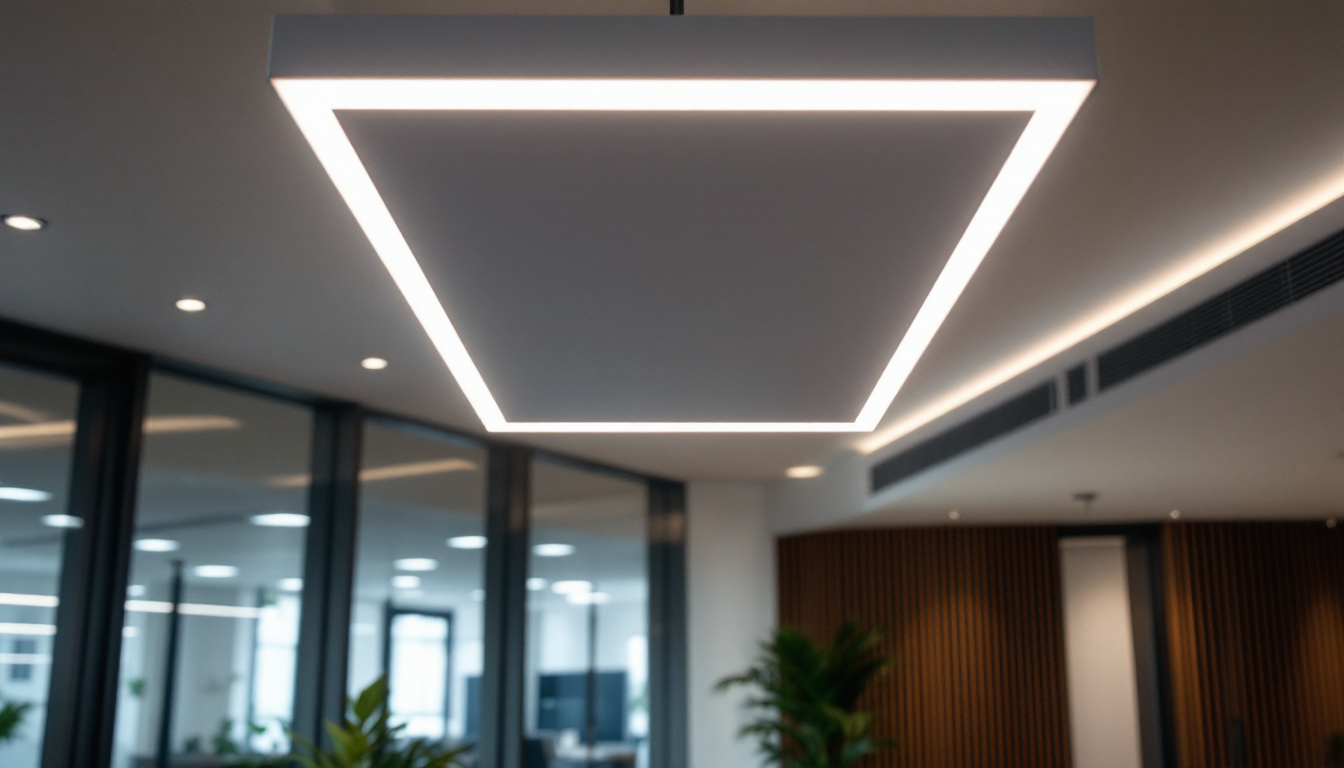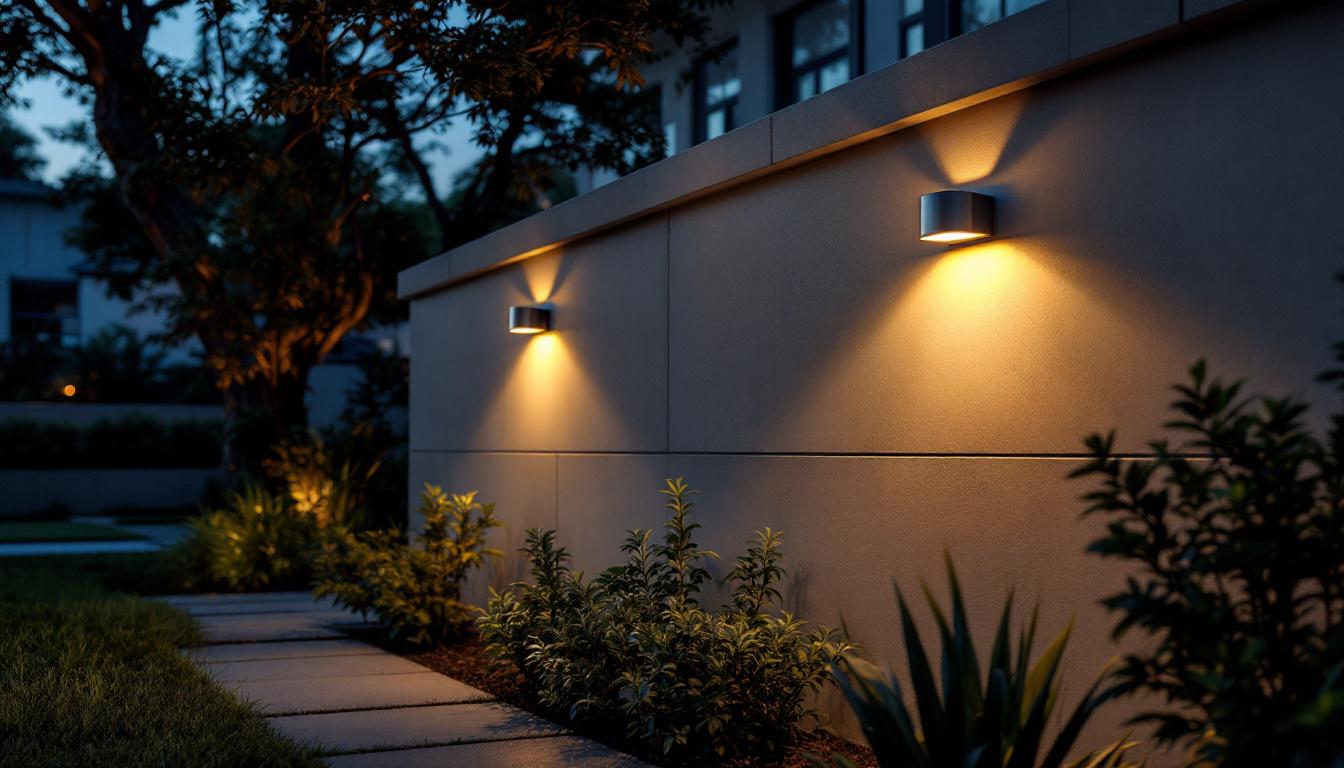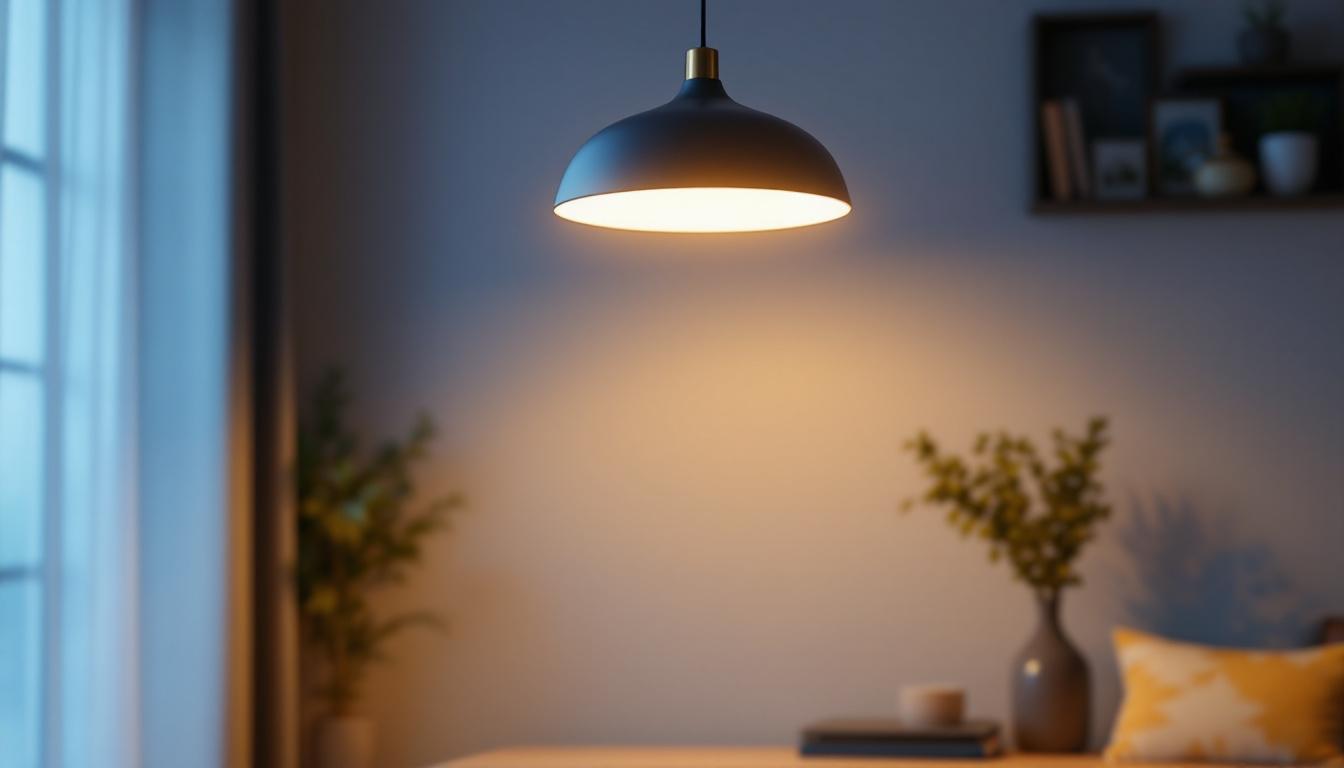
In the realm of healthcare, proper lighting is not just a matter of aesthetics; it is a critical component that affects patient outcomes, staff efficiency, and overall facility functionality. For lighting contractors, understanding the unique requirements of medical lighting is essential. This article delves into the various aspects of medical lights, providing insights and considerations for contractors working in this specialized field.
Medical lighting serves multiple purposes, from illuminating surgical fields to providing ambient light in patient rooms. The right lighting can enhance visibility, reduce eye strain, and create a calming environment for patients. For contractors, recognizing these needs is the first step in delivering effective lighting solutions. Proper lighting not only facilitates medical procedures but also plays a crucial role in the overall patient experience. A well-lit environment can help reduce anxiety and promote a sense of safety, which is particularly important in healthcare settings where patients may feel vulnerable.
There are several categories of medical lighting that contractors should be familiar with. Each type serves a distinct purpose and comes with its own set of specifications. Understanding these categories allows contractors to make informed decisions when designing lighting systems that cater to the diverse needs of healthcare facilities.
When selecting medical lighting, several key features must be taken into account. These features not only enhance functionality but also ensure compliance with healthcare standards. Additionally, they contribute to the overall efficiency and effectiveness of medical practices, which can ultimately impact patient outcomes.
Medical lighting is subject to a variety of regulations and standards that ensure safety and efficacy. Lighting contractors must be well-versed in these guidelines to ensure their installations meet all necessary requirements.
Understanding the regulatory landscape is crucial for lighting contractors. Various organizations, including the American National Standards Institute (ANSI) and the Illuminating Engineering Society (IES), provide guidelines that govern medical lighting.
Proper documentation is essential for compliance. Contractors should ensure that all medical lighting fixtures are accompanied by the necessary certifications and test results. This documentation not only verifies compliance but also serves as a valuable resource for maintenance and future upgrades.
Designing effective medical lighting requires a thoughtful approach that considers the specific needs of each area within a healthcare facility. From surgical suites to patient rooms, each space has unique lighting requirements.
Surgical suites demand the highest standards of lighting. The primary goal is to provide bright, uniform illumination that minimizes shadows and allows for precise visualization of the surgical field. Contractors should consider the following:
In patient rooms, lighting should promote comfort and healing. The focus should be on creating a warm, inviting atmosphere while also providing adequate illumination for medical tasks. Key considerations include:
As technology continues to evolve, so too does the landscape of medical lighting. Contractors must stay informed about the latest advancements and how they can be integrated into lighting solutions.
Smart lighting systems offer enhanced control and flexibility, allowing healthcare facilities to optimize their lighting based on specific needs. These systems can be programmed to adjust automatically based on occupancy, time of day, or specific tasks.
Wireless technology is becoming increasingly prevalent in medical lighting. This innovation allows for easier installation and flexibility in lighting design. Contractors should consider the benefits of wireless systems, including:
While the opportunities in medical lighting are abundant, contractors also face specific challenges that require careful navigation. Understanding these challenges is crucial for successful project execution.
Healthcare facilities often operate under tight budgets, which can limit the options available for lighting solutions. Contractors must find ways to deliver high-quality lighting within these constraints. This may involve:
Medical facilities often have unique architectural designs and existing infrastructure that can complicate lighting installations. Contractors must be adept at navigating these complexities, which may include:
The field of medical lighting is continually evolving, driven by advancements in technology and changing healthcare needs. Contractors should keep an eye on emerging trends that may shape the future of medical lighting.
There is a growing recognition of the impact of lighting on health and well-being. Future medical lighting solutions are likely to prioritize not only functionality but also the psychological and physiological effects of light on patients and staff.
As telehealth becomes more prevalent, the need for effective lighting in remote consultations is increasing. Contractors may need to consider how lighting can enhance virtual interactions, ensuring that healthcare providers can deliver quality care regardless of location.
Medical lighting is a complex and vital aspect of healthcare facilities, requiring specialized knowledge and expertise from lighting contractors. By understanding the unique requirements, regulations, and emerging trends in medical lighting, contractors can provide effective solutions that enhance patient care and support healthcare providers. As the industry continues to evolve, staying informed and adaptable will be key to success in this dynamic field.
Ready to elevate your medical lighting projects to new heights? At LumenWholesale, we provide lighting contractors like you with the highest quality, spec-grade lighting products at prices that can’t be beaten. Our commitment to cutting out the middleman means you get the superior products you need at wholesale prices that make sense for your bottom line. With our expansive selection that meets rigorous industry standards, you can trust that your healthcare lighting solutions will be reliable and effective. Plus, with the convenience of free shipping on bulk orders, you can stock up on premium lighting without worrying about hidden fees or compromises. Don’t settle for less—choose LumenWholesale for the perfect combination of quality, affordability, and convenience. Wholesale Lighting at the Best Value is just a click away.

Discover how LED drop ceilings revolutionize energy efficiency in modern architecture.

Discover essential tips for lighting contractors to avoid common pitfalls when installing solar lights on outdoor walls.

Discover the top benefits of LED pendant light fixtures for lighting contractors.

Discover the essential guide for lighting contractors with “Fluorescent Light: The Ultimate Handbook.” Explore expert insights, installation tips, and energy-efficient solutions to illuminate any space effectively.